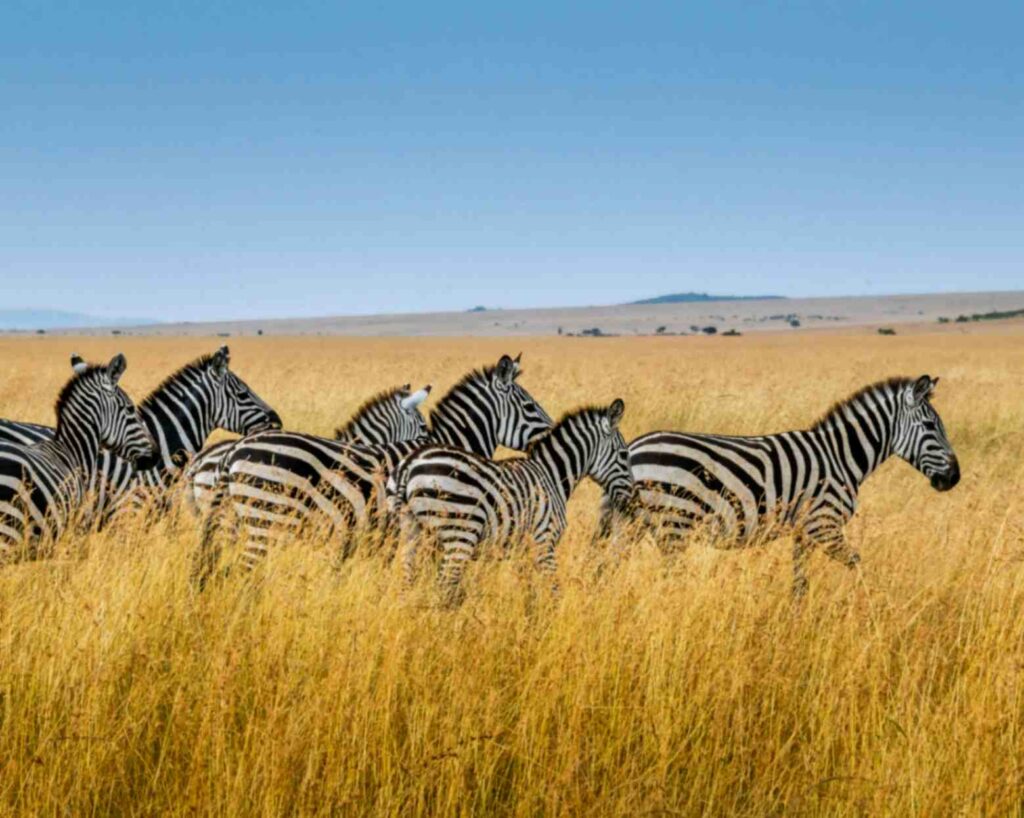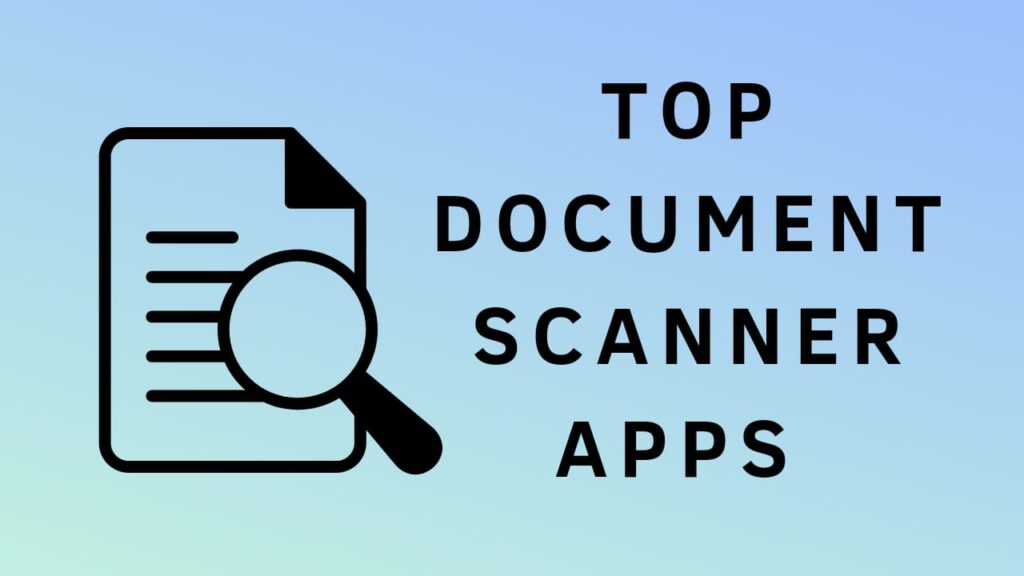Wildlife conservation plays a crucial role in preserving biodiversity and protecting endangered species. In recent years, advancements in artificial intelligence (AI) technology have revolutionized the way conservationists track, monitor, and protect wildlife populations. This article Discover the Impact of AI Technology on Wildlife Conservation.

#Importance of Wildlife Conservation
Wildlife conservation is not only important for the animals and plants that live in the wild, but also for the humans that depend on them. Wildlife conservation has many benefits, such as:
- Ecological benefits: Wildlife conservation helps maintain the balance and diversity of ecosystems, which provide essential services such as pollination, nutrient cycling, water purification, soil formation, and climate regulation. Wildlife conservation also helps prevent the loss of genetic resources, which are the basis of evolution and adaptation.
- Economic benefits: Wildlife conservation supports various sectors of the economy, such as agriculture, forestry, fisheries, tourism, and medicine. Wildlife conservation also helps reduce the costs of environmental degradation, such as erosion, flooding, drought, and disease.
- Social and cultural benefits: Wildlife conservation enhances the quality of life and well-being of people, by providing opportunities for recreation, education, and spiritual enrichment. Wildlife conservation also helps preserve the cultural and historical heritage of different communities, by respecting their values, beliefs, and traditions related to wildlife.
#Challenges Faced in Wildlife Conservation
Conservationists face numerous challenges in their efforts to protect wildlife, including limited resources, poaching, habitat destruction, and human-wildlife conflict. These challenges require innovative solutions and technologies to address them effectively.
1.Role of Artificial Intelligence AI Technology on Wildlife Conservation
# Monitoring and Tracking Wildlife
AI technology has enabled conservationists to monitor and track wildlife populations more efficiently. By using camera traps, drones, and satellite imagery, experts can gather data on animal movements, population sizes, and behaviors.
# Anti-Poaching Efforts
AI-powered systems have been instrumental in enhancing anti-poaching efforts around the world. By analyzing data from sensors and surveillance cameras, AI algorithms can detect and alert authorities to suspicious activities in protected areas.
# Habitat Management
AI technology helps conservationists manage and restore wildlife habitats by analyzing data on ecosystem health, deforestation rates, and climate change impacts. This information allows for targeted conservation interventions to minimize habitat degradation.
You May Also Read : How AI can change the future of healthcare
2.Case Studies of AI in Wildlife Conservation
Several case studies demonstrate the effectiveness of AI technology in conservation efforts, such as the use of AI-powered drones to monitor elephant populations in Africa and the deployment of AI algorithms to identify and prevent illegal wildlife trafficking.
3.Success Stories and Results
The integration of AI technology in conservation has led to significant successes, including the recovery of endangered species, reduction in poaching rates, and improved habitat protection. These results showcase the potential of AI to make a positive impact on wildlife conservation.
4.Future Potential of AI Technology in Conservation
As AI technology continues to advance, it holds great promise for the future of wildlife conservation. Innovations in machine learning, data analytics, and biodiversity monitoring will further enhance conservation efforts and help address pressing conservation challenges.
5.Ethical Considerations in AI Use
While AI technology offers exciting possibilities for wildlife conservation, ethical considerations must be taken into account. Conservationists must ensure that AI systems are used responsibly and ethically to protect wildlife and respect local communities’ rights.
6.Collaboration between AI Experts and Conservationists
Collaboration between AI experts and conservationists is crucial for the successful implementation of AI technology in conservation projects. By working together, these professionals can leverage their respective expertise to develop innovative solutions for wildlife protection.
7.Opportunities for Innovation and Advancements
The integration of AI technology in wildlife conservation opens up new opportunities for innovation and advancements in conservation practices. By embracing AI solutions, conservationists can overcome challenges and achieve greater conservation impact.
8.Maintaining a Balance between Technology and Nature
While AI technology offers valuable tools for wildlife conservation, it is essential to maintain a balance between technology and nature. Conservation efforts should prioritize the well-being of wildlife and ecosystems while leveraging AI for improved monitoring and protection.
9.Funding and Support for AI Conservation Projects
Securing funding and support for AI conservation projects is critical for their success and sustainability. Governments, NGOs, and private organizations must invest in AI technology for conservation and ensure resources are allocated effectively to support these initiatives.
10.Public Awareness and Education
Raising public awareness about the importance of wildlife conservation and the role of AI technology is key to fostering support for conservation efforts. Education initiatives can help engage communities and inspire collective action to protect wildlife and preserve natural habitats.
# Conclusion
In conclusion, AI technology has the potential to revolutionize wildlife conservation by offering innovative solutions for monitoring, protection, and habitat management. By leveraging AI advancements responsibly and collaboratively, conservationists can address conservation challenges and safeguard biodiversity for future generations.
FAQs :
- How does AI technology enhance wildlife monitoring efforts?
- AI technology enables real-time monitoring of wildlife populations using data analytics and remote sensing tools.
- What are some ethical considerations in the use of AI for conservation?
- Ethical considerations include data privacy, wildlife welfare, and the responsible use of AI algorithms in conservation projects.
- How can collaboration between AI experts and conservationists benefit wildlife conservation?
- Collaboration fosters innovation, knowledge sharing, and the development of effective AI solutions for wildlife protection.
- What challenges do conservationists face in implementing AI technology in the field?
- Challenges include funding constraints, technical expertise, data management, and ethical dilemmas related to AI use in conservation.
- How can the public contribute to wildlife conservation efforts supported by AI technology?
- The public can support conservation by raising awareness, advocating for policy change, and participating in citizen science initiatives that utilize AI for wildlife protection.
By addressing these FAQs, individuals can gain a deeper understanding of the impact of AI technology on wildlife conservation.
For More Information Of AI Tools Visit Our Website












